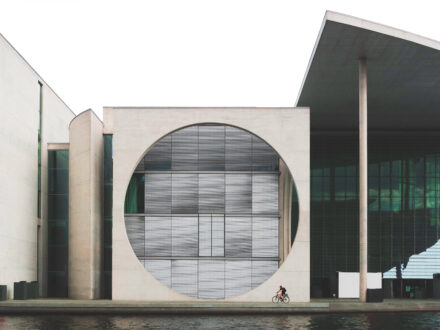
Project success with Deutsche Bahn
The Rhine-Alpine Corridor is one of a total of nine Trans-European Networks core network corridors (TEN core network corridors) that form the central trans-European transport network of the European Union. The Rhine-Alpine corridor is around 3,900 kilometres long and links several strong economic areas: the seaports of Zeebrugge, Amsterdam, Rotterdam and Antwerp, the Rhine-Ruhr area, the Frankfurt/Rhine-Main region, Basel-Zurich and the region Lombardy with the port of Genoa to the south. The neighbouring countries are Belgium, the Netherlands, Germany, France, Switzerland and Italy with their infrastructure operators Infrabel, ProRail, DB Netz, SBB Infrastructure, BLS Netz and RFI.




